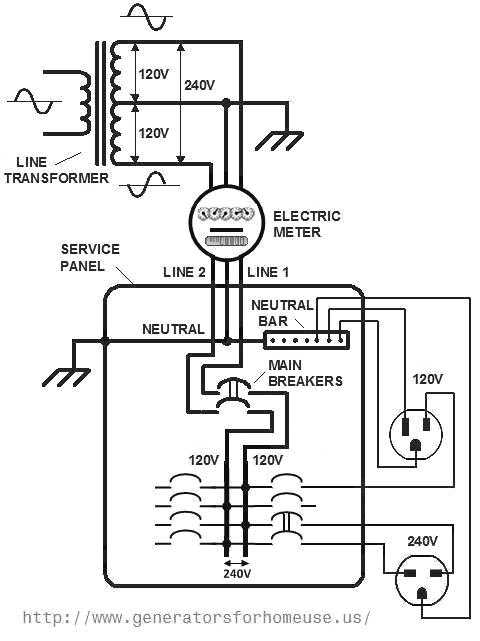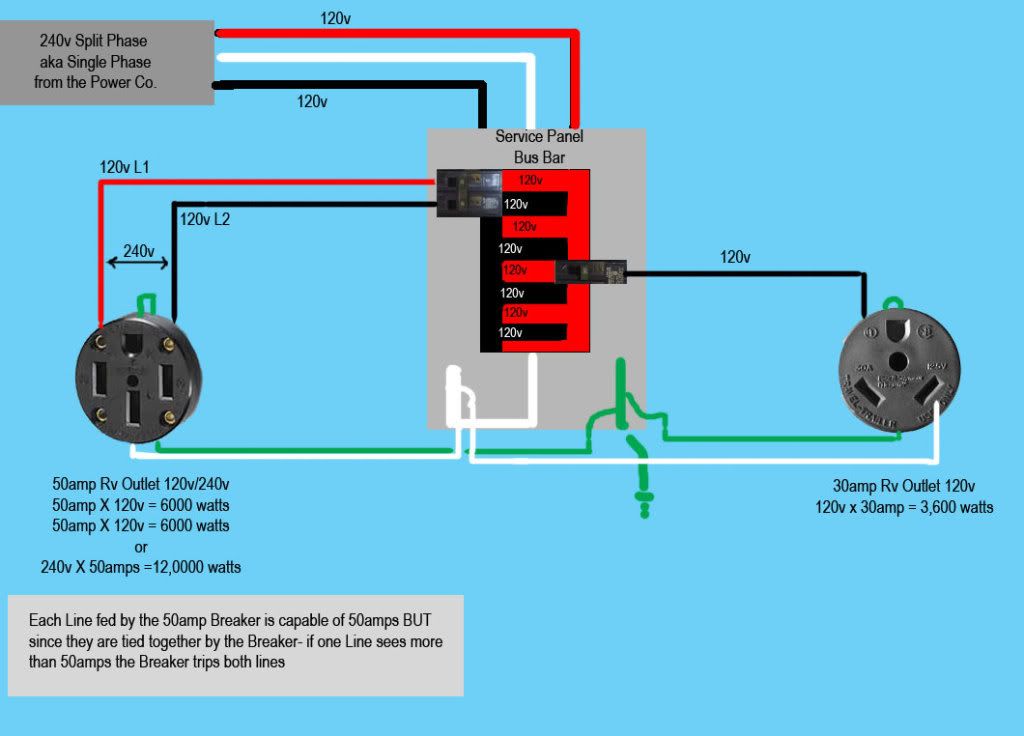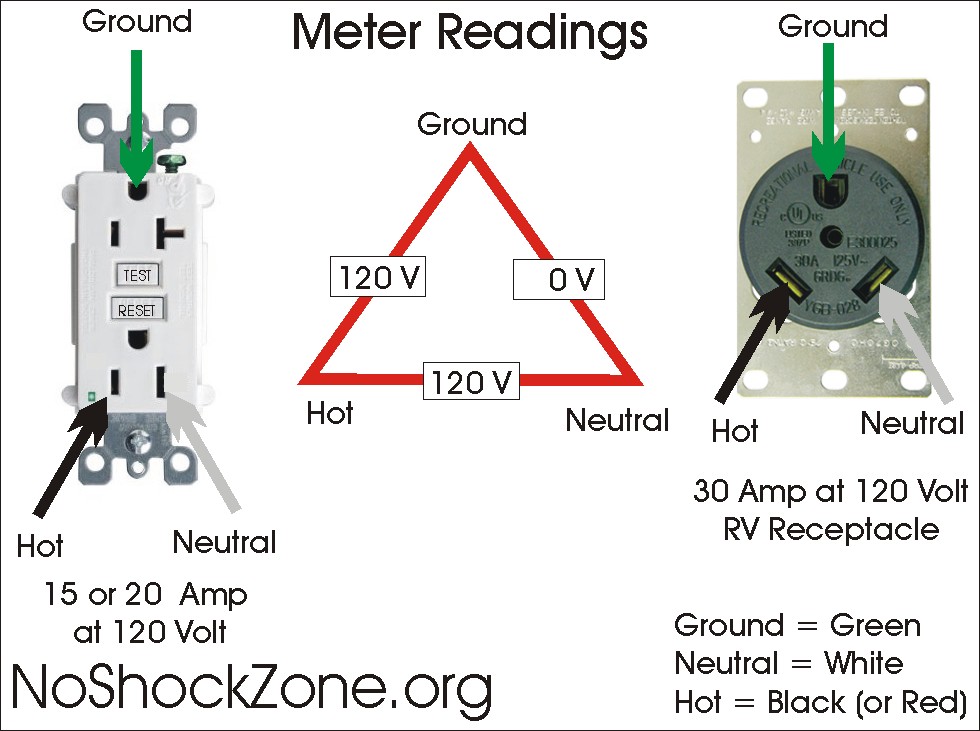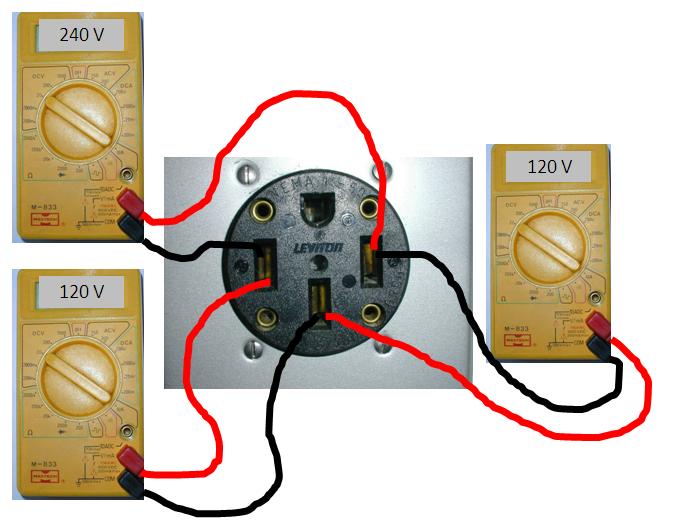- Good Sam Community
- Groups
- Fifth Wheel Group
- Forum
- Re: What happens if you plug a 50 Amp RV into 22V ...
- Subscribe to RSS Feed
- Mark Topic as New
- Mark Topic as Read
- Float this Topic for Current User
- Bookmark
- Subscribe
- Mute
- Printer Friendly Page
What happens if you plug a 50 Amp RV into 22V welder plug
- Mark as New
- Bookmark
- Subscribe
- Mute
- Subscribe to RSS Feed
- Permalink
- Report Inappropriate Content
Jun-05-2013 08:53 AM
Let's assume that this rv is a very late model like a 2012.
I don't have to worry because mine is only a 30amp.
- Mark as New
- Bookmark
- Subscribe
- Mute
- Subscribe to RSS Feed
- Permalink
- Report Inappropriate Content
Jul-03-2013 04:44 PM
LOOSE NEUTRAL CONNECTIONS
good readings
Roy Ken
Roy - Carolyn
RETIRED DOAF/DON/DOD/CONTR RADIO TECH (42yrs)
K9PHT (Since 1957) 146.52M
2010 F150, 5.4,3:73 Gears,SCab
2008 Starcraft 14RT EU2000i GEN
2005 Flagstaff 8528RESS
- Mark as New
- Bookmark
- Subscribe
- Mute
- Subscribe to RSS Feed
- Permalink
- Report Inappropriate Content
Jul-03-2013 02:41 PM
qtla9111 wrote:
Four pages, and to someone who knows nothing about electricity, this would confuse the heck out of them. What a mess.
If you know nothing about electricity I would just call an electrician and have them set it up for you. Install the proper breakers, outlets, and test it for you. It really is not that difficult, but with electricity and expensive equipment I would be extra careful. (and I know what I am doing)
A couple hundred bucks to an electrician, might save you thousands.
I am going to run a 50/30/15 amp line out to my camper. I only need a 15 amp outlet for the battery charger, (and fridge if needed) I am only running the line once so I will go ahead a run 50 amps. The cost is a lot higher, but I will be saving time and effort of doing the job twice.
As for the welder plug working with your rig, I would have to look at it, and put a meter on it be for I plugged my rig into it.
- Mark as New
- Bookmark
- Subscribe
- Mute
- Subscribe to RSS Feed
- Permalink
- Report Inappropriate Content
Jul-03-2013 02:37 PM
INteresting at the least...
Roy Ken
Roy - Carolyn
RETIRED DOAF/DON/DOD/CONTR RADIO TECH (42yrs)
K9PHT (Since 1957) 146.52M
2010 F150, 5.4,3:73 Gears,SCab
2008 Starcraft 14RT EU2000i GEN
2005 Flagstaff 8528RESS
- Mark as New
- Bookmark
- Subscribe
- Mute
- Subscribe to RSS Feed
- Permalink
- Report Inappropriate Content
Jul-03-2013 02:09 PM
tvman44 wrote:
If it is a 4 wire receptacle with a ground, neutral & 2 hots it will work fine. If it is only 3 wire like most welding machines 2 hots & a ground it could be disastrous. 😞
X2
2009 Jayco Superlite 31.5FBHS
2006 Lance Lite 845
2005 Jeep Wrangler Unlimited Sahara Rubicon 0337/1000
2013 18' Carson Flat bed 10k gvw trailer 16" 8 lug wheels
- Mark as New
- Bookmark
- Subscribe
- Mute
- Subscribe to RSS Feed
- Permalink
- Report Inappropriate Content
Jul-03-2013 02:05 PM
- Mark as New
- Bookmark
- Subscribe
- Mute
- Subscribe to RSS Feed
- Permalink
- Report Inappropriate Content
Jul-03-2013 01:46 PM
This is how a typical house is wired with a split phase (aka single phase) 3-wire 120V/240V service wiring.

Most residential and light commercial homes in U.S. have a single-phase 3-wire 120V/240V service. It consists of two inverted relative to each other lines and grounded neutral. Connecting an electric load between any line and the neutral yields 120 volts AC. Connecting between both lines yields 240 volts AC. The two 120V lines are derived from a step-down distribution transformer, which is usually mounted on a pole. Its secondary winding has a grounded center tap connected to neutral wire. The two end terminals are electrically “hot” with respect to the neutral. Note that both lines are derived from the same utility phase. That’s why such configuration is often called “split phase”. The three conductors go from the pole to your electric meter. From the meter they run to the panel containing the main service disconnect. From there the lines go to magnetic circuit breakers that protect individual branches. The branch breakers can be mounted in a separate distribution panel or can be incorporated into the main panel.
(This is from google search source)
Maybe someone can take this and explain how to use the 240VAC WELDER connection to be used for a RV50 AMP four wire connection where the RV 50AMP Shore Power cable can be plugged into this house system shown....
What confuses me is when installing the sub panel as shown below is where the "GREEN" Earth ground goes. Notice Earth ground is connected directly to the main panel shown above NEUTRAL Connection.. The Earth ground and the NEUTRAL are separated in the sub panel connections.

Roy Ken
Roy - Carolyn
RETIRED DOAF/DON/DOD/CONTR RADIO TECH (42yrs)
K9PHT (Since 1957) 146.52M
2010 F150, 5.4,3:73 Gears,SCab
2008 Starcraft 14RT EU2000i GEN
2005 Flagstaff 8528RESS
- Mark as New
- Bookmark
- Subscribe
- Mute
- Subscribe to RSS Feed
- Permalink
- Report Inappropriate Content
Jul-03-2013 12:47 PM
AniJet wrote:LostinAZ wrote:
What isn't being mentioned when we discuss two 110 V legs is they have to be out of phase to create 220V service. My understanding is that the 50 Amp service we hook into at RV Resort/Park pedestals, the two 110V 50 amp legs are not out of phase and therefore 220V is never present inside the RV.
Not so. If that was the case, the neutral would carry 100 amps if you were able to use all 50 amps on each hot leg. They must be opposite phase. If done correctly, when the load is the same on each hot leg the neutral carries nothing. The neutral only carries the difference between the hot legs. You can plug into any properly wired 220vac outlet as long as the plug and receptacle match (or you have the properly wired adapters).
It's all done in the RV. Each load is wired across only one hot leg and the neutral so the load will only see 110vac. A load would need to be wired across both hot legs to see 220vac.
Edit: It must have a neutral and ground. Any receptacle with no neutral (like a welder plug) should never be used for a RV.
Dumb question.....what if you ran a separate neutral back to the panel for your adapter?
2013 Keystone Fuzion 315
B&W Companion Hitch
1 wife 2 kids and 1 dog
- Mark as New
- Bookmark
- Subscribe
- Mute
- Subscribe to RSS Feed
- Permalink
- Report Inappropriate Content
Jul-03-2013 12:37 PM
This is what is required to operate the 50A and the 30A RV Trailers connections.

These are the ways to measure the receptacles to insure it is ok to use for the Rv trailers....
RV 50AMP service measurements
RV 15A/20A/30AMP service measurements

Just my thoughts
Roy Ken
Roy - Carolyn
RETIRED DOAF/DON/DOD/CONTR RADIO TECH (42yrs)
K9PHT (Since 1957) 146.52M
2010 F150, 5.4,3:73 Gears,SCab
2008 Starcraft 14RT EU2000i GEN
2005 Flagstaff 8528RESS
- Mark as New
- Bookmark
- Subscribe
- Mute
- Subscribe to RSS Feed
- Permalink
- Report Inappropriate Content
Jul-03-2013 12:20 PM

Your RV breaker panel is just like your house panel. You have two hot sides, the sides of the outlet plug, and a neutral in the middle. Nothing in the RV is connected to both hot leads, so the 240 v you see in the top left corner should never happens. You just have to double check to make sure that either side to the bottom center is only 120v. If you wire it wrong and one of those 120 v meters is reading 240 v, you will blow up anything you connect to it.
Each side is alternating 120 v current, from plus 120 to minus 120. When you compare that to the center neutral at 0 volts, the difference between the two wires is just that 120 volts plus or minus.
The key to 240 volts is that the two sides are 180 degrees out of phase. When one side is at plus 120 volts the other side is at minus 120 volts, so at their peaks, the differences between the two voltages is 240 volts. You are comparing the two sides to each other, not to the neutral or ground.
Their inheritance is now a 2015 Forest River Georgetown 378XL
- Mark as New
- Bookmark
- Subscribe
- Mute
- Subscribe to RSS Feed
- Permalink
- Report Inappropriate Content
Jun-14-2013 09:41 PM
2004 Dodge Ram 3500 QC, PacBrake PRXB
Prodigy
2007 Grand Junction 35TMS
- Mark as New
- Bookmark
- Subscribe
- Mute
- Subscribe to RSS Feed
- Permalink
- Report Inappropriate Content
Jun-13-2013 12:29 PM
Either way, the point is to double check any new connection for your RV. A mistake can be very costly.
Their inheritance is now a 2015 Forest River Georgetown 378XL
- Mark as New
- Bookmark
- Subscribe
- Mute
- Subscribe to RSS Feed
- Permalink
- Report Inappropriate Content
Jun-13-2013 09:48 AM
The thread drifted away from branch circuits and asked about the main utility supply. Connection from the utility transformer is from both ends of the low voltage (240v) coil (hots) and the transformer center tap (neutral).
- Mark as New
- Bookmark
- Subscribe
- Mute
- Subscribe to RSS Feed
- Permalink
- Report Inappropriate Content
Jun-13-2013 08:53 AM
smkettner wrote:
I am talking about the direct connection from main box to the utility transformer as asked.
You will see three wires come into your main box. Two hot and the neutral.
Earth ground is created at the main panel and bonded to neutral.
Utility transformer may have its own earth ground but I have no real idea.
I’m not sure that “direct connect” means that much. My pool filter pump has a “direct connect” from our panel box to the pump. It is only 3 wires and two are hot to give it 220 volts! I have a hard time believing that the third wire to a pump connected to the swimming pool isn’t ground!
Look, do what you want, it is your RV, just make sure you use a volt meter to check the voltages from each hot leg to neutral. If you don’t know what I mean by that, call an electrician!
Their inheritance is now a 2015 Forest River Georgetown 378XL
- Mark as New
- Bookmark
- Subscribe
- Mute
- Subscribe to RSS Feed
- Permalink
- Report Inappropriate Content
Jun-12-2013 05:56 PM
Onan 5500, Splendide Ariston W/D, 8K axles, disk brakes, G614s, tri-glide pin box,
6-pt leveling, dual heat pump, dual awnings, Trav'ler SK-1000 Dish
- Mark as New
- Bookmark
- Subscribe
- Mute
- Subscribe to RSS Feed
- Permalink
- Report Inappropriate Content
Jun-12-2013 05:55 PM
smkettner wrote:
I am talking about the direct connection from main box to the utility transformer as asked.
You will see three wires come into your main box. Two hot and the neutral.
Earth ground is created at the main panel and bonded to neutral.
Utility transformer may have its own earth ground but I have no real idea.
Isnt it suppose to be two hot and 1 gnd?
Firefox® 33
Log home images - Updated 05/19/2013





